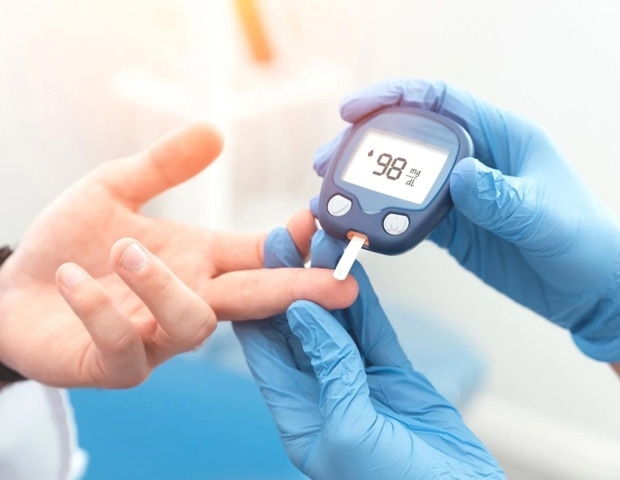
In an evolving health landscape, emerging research continues to highlight concerns that could impact everyday wellbeing. Here’s the key update you should know about:
The characteristics of type 2 diabetes vary from patient to patient and it has been proposed that the condition is made up of four subtypes. Now, new research being presented at the annual meeting of the European Association for the Study of Diabetes (EASD) in Vienna, Austria (15-19 September) shows that smoking increases the risk of the condition, regardless of subtype.
The researchers in Sweden, Norway and Finland also found that people with a genetic susceptibility to develop diabetes seem more vulnerable to the adverse effects of smoking.
It has previously been suggested that type 2 diabetes (T2D) can be divided into the following subtypes: SIRD (severe insulin-resistant diabetes), characterised by insulin resistance (where the body’s cells don’t respond to properly to insulin and can’t easily take up glucose from the blood); SIDD (severe insulin-deficient diabetes), characterised by a lack of insulin; MOD (mild obesity-related diabetes), associated with obesity and younger age of onset; and MARD (mild age-related diabetes) which develops later in life.
Severity, prognosis and risk of complications differ across the subtypes but it is not clear if they have different risk factors.
To find out more, Emmy Keysendal, a PhD student at Karolinska Institutet, in Stockholm, Sweden, and colleagues examined the link between smoking, which is already known to be a potent risk factor for T2D in general, and other forms of tobacco use, and the various subtypes of T2D.
The researchers used data on 3,325 individuals with T2D (495 SIDD, 477 SIRD, 693 MOD and 1660 MARD) and 3,897 controls from a long-running diabetes study in Norway (average follow-up time of 17 years) and a case-control study in Sweden.
They found that ever smokers (current and past smokers) were at higher risk of all four sub-types of T2D than those who had never smoked. The link between smoking and SIRD was particularly strong.
Ever smokers were more than twice as likely (2.15 times) as never smokers to develop SIRD. This compares with increases in risk of 20% for SIDD, 29% for MOD and 27% for MARD.
Smoking was estimated to be responsible for more than a third of SIRD cases, but less than 15% of the other diabetes subtypes (SIDD, MOD and MARD).
Smoking heavily (≥15 pack-years/20 cigarettes a day for 15 years or equivalent) further increased the risk of all four subtypes. Heavy smokers were 2.35 times more likely to develop SIRD than never smokers and 52%, 57% and 45% more likely develop SIDD, MOD and MARD, respectively.
Interestingly, the data on men in Sweden suggested that heavy use of snus, a smokeless tobacco product popular in Scandinavian countries, was linked to increased risk of the severe subtypes SIDD (19% higher risk) and SIRD (13% higher risk) compared to never users of snus.
The study also explored whether smoking further increased the risk in individuals with a genetic predisposition to T2D, insulin resistance or reduced insulin secretion.
This showed that heavy smokers with genetic predisposition to T2D or reduced insulin secretion were particularly vulnerable.
For example, those who smoked heavily and had a high genetic risk for impaired insulin secretion had more than three times the risk (3.52-fold) of developing SIRD compared to those without these risk factors.
The researchers concluded that smoking increases the risk of T2D, whatever the subtype.
It is clear that smoking increases the risk of type 2 diabetes whatever the subtype, that is, regardless, of whether the diabetes is characterised by insulin resistance, lack of insulin, obesity or old age.
The strongest association was seen for the subtype characterised by severe insulin resistance (SIRD), which suggests that smoking may contribute to diabetes by impairing the body’s ability to respond to insulin.
Our findings emphasize the importance of smoking cessation in the prevention of type 2 diabetes. They also indicate that genetic information may help identify individuals most likely to benefit from extra support in stopping smoking.”
Ms. Emmy Keysendal, a PhD student at Karolinska Institutet

